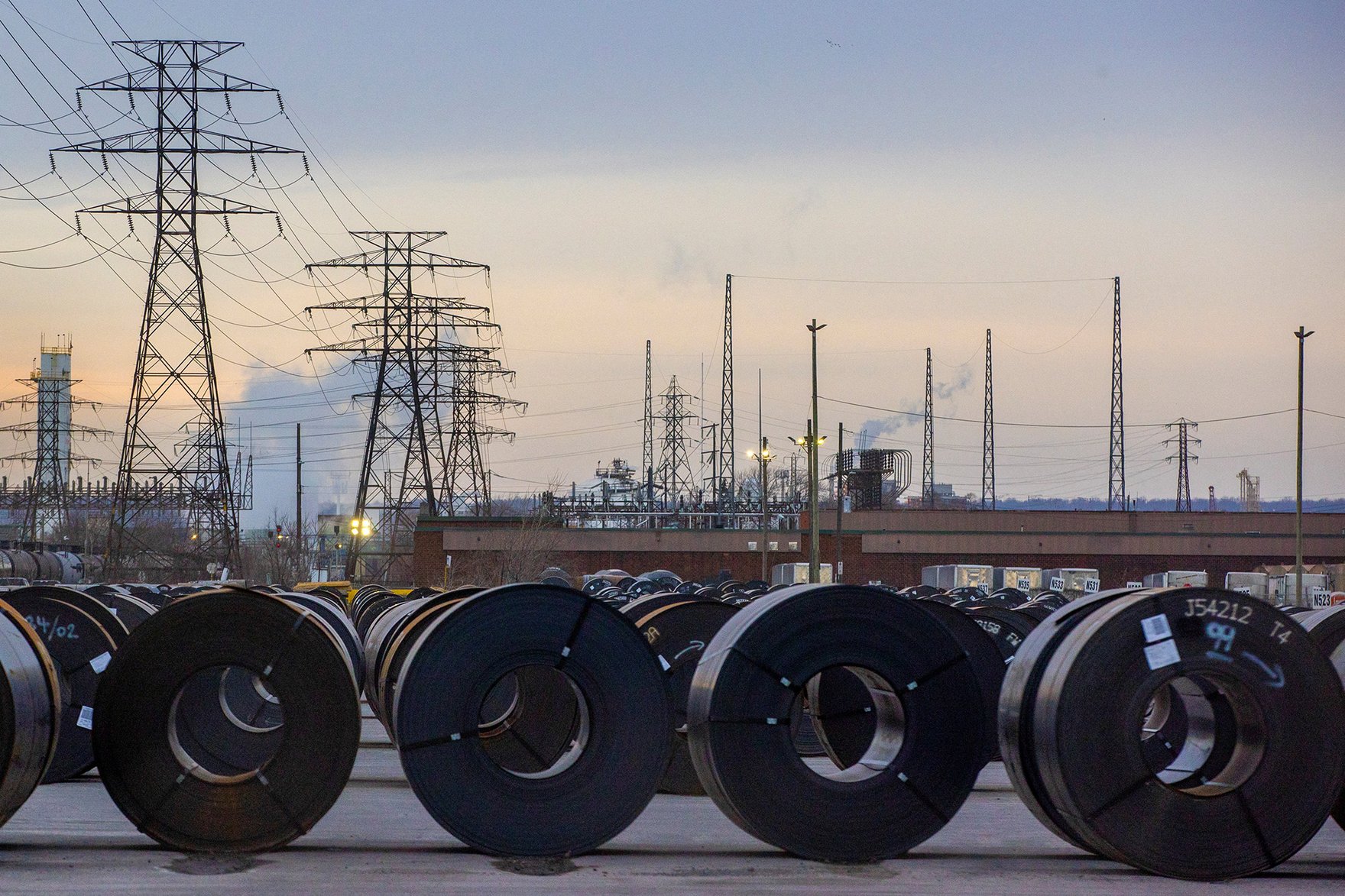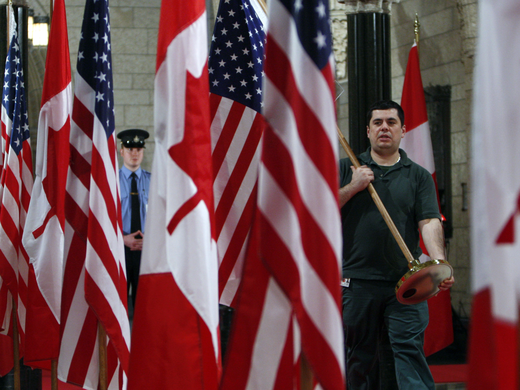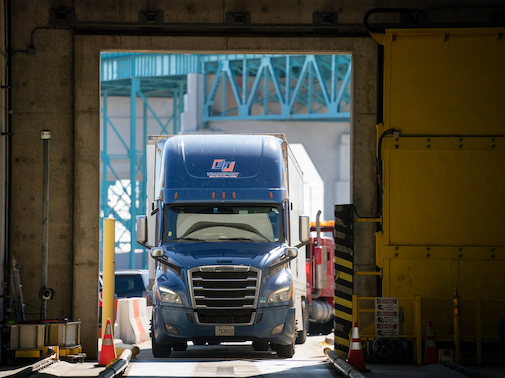The United States’ 25 percent tariff on certain Canadian goods, including cars, steel and aluminum, and 10 percent tariff on energy and fertilizers raise significant questions about legal courses of action available to Canada. In addition, whether Canada will face the all-encompassing 25 percent tariff announced in March or “reciprocal” US tariffs remains unclear at this stage. Here I explore the legal options Canada can pursue to challenge these measures, with a particular focus on international dispute settlement.
Context
In response to the new 25 percent tariff, Canada has warned it may pursue legal action under the World Trade Organization (WTO) or the Canada-United States-Mexico Agreement (CUSMA). At the moment, Canada has initiated two distinct cases at the WTO, first in relation to the 25 percent global tariff that was announced in March 2024 (whose status is now unclear), and second in relation to the 25 percent tariff on steel and aluminium. For a middle power such as Canada, traditionally committed to the rule of law, this approach may prove effective in applying pressure on its southern neighbour while still reinforcing its commitment to a rules-based international trading system.
Recourse to the WTO
Canada could follow China’s lead and bring a case before the WTO with a strong chance of success, citing two potential violations of WTO agreements:
- Violation of concessions lists: The imposition of tariffs is not inherently prohibited by the WTO. During the 1947 and 1994 General Agreement on Tariffs and Trade (GATT) negotiations, countries negotiated the value of their tariffs with other members. The outcome of these negotiations is reflected in the members’ concessions lists (article II of the GATT). For example, the United States committed not to increase its tariff on aluminum beyond 2.6 percent. This means that the United States can impose tariffs ranging from 0 to 2.6 percent without violating WTO rules. A rise to 25 percent clearly breaches this commitment.
- Tariff discrimination: By imposing a higher tariff on Canada than on some other WTO members, as well as varying tariffs on other WTO members through US “reciprocal” tariffs, the United States violates article I of the GATT, which stipulates that, unless specifically exempted, members must apply the same tariffs to all WTO members under the most-favoured-nation clause. Therefore, the United States cannot discriminate; in principle, the 2.6 percent tariff is applicable to all WTO members.
The Likely US Response
The United States may attempt to justify their actions by citing exceptions related to the protection of public health or national security.
- The public health exception (article XX of the GATT): Such an argument would likely have little chance of convincing a WTO panel given that panels have interpreted these exceptions narrowly. While the protection of public health and safety are valid grounds for exception, the broad tariff increase on Canadian products does not have a clear connection to these stated goals, such as concerns over fentanyl or immigration. For these grounds to be validly invoked, they must not be discriminatory or act as disguised restrictions on international trade. The United States would need to prove that its objective is legitimate and that the measures taken are not more restrictive than necessary. In this case, justifying discriminatory tariffs of 25 percent as necessary and proportionate to public health objectives would be particularly difficult.
- The national security exception (article XXI of the GATT): The United States has once again invoked national security to justify the imposition of tariffs on steel and aluminum, effective March 12, 2025. However, this argument has already been rejected in four previous disputes concerning steel and aluminum tariffs the United States imposed in 2018 (on China, Norway, Switzerland and Turkey). In those cases, the panels determined that the tariffs were not imposed “in times of war or other emergency in international relations.” Canada also brought the matter before the WTO, and after a panel was formed, both governments reached a mutually agreed-upon solution in connection with the conclusion of the CUSMA. This time, however, the United States might invoke the grounds for exception applicable in relation to the supply of its armed forces.
WTO Recourse Limitations
Unfortunately, even if Canada were to win its WTO case, the decision would likely not be binding. The United States could appeal the ruling, rendering it effectively unenforceable. This is because the WTO Appellate Body is currently non-functional due to the United States blocking the appointment of appellate judges since 2019. As a result, decisions that have been appealed cannot be enforced.
Recourse Under CUSMA
Canada could also bring the case under CUSMA’s dispute resolution mechanism, which offers several advantages over pursuing a claim at the WTO. Canada could present arguments similar to those made at the WTO, while the United States would likely rely on the specific CUSMA provisions related to public health and security exceptions, which offer greater flexibility than their WTO counterparts. Unlike the WTO process, a decision under CUSMA would be binding on the parties, and the CUSMA dispute resolution mechanism could lead to a quicker decision.
However, the practical effectiveness of this recourse would remain limited, as even if a CUSMA panel ruled in Canada’s favour, it would lack the authority to compel the United States to comply. If the United States refuses to adhere to the ruling, Canada will have the right to impose countermeasures, such as equivalent tariffs on American goods. Canada is already considering this option as leverage in negotiations, even before a formal decision is issued by the CUSMA panel.
Recourse Before US Courts
Given the limitations of international law, Canada or Canadian businesses may consider challenging the presidential decrees in US courts. However, the likelihood of success with this approach is quite low.
Strategic Value of Legal Recourses
In determining where to challenge US measures, Canada would strategically benefit from bringing the aluminum and steel disputes before the WTO, while addressing at least a few other issues under CUSMA.
While these legal actions may seem to offer limited immediate impact, they provide several key strategic advantages for Canada. By utilizing these legal mechanisms, Canada reaffirms its commitment to international law, reinforcing its role as a defender of a rules-based global trading system. Additionally, these legal avenues can serve as tools for negotiation and add diplomatic pressure on the United States. Finally, even if the tariffs are temporary, these actions might set important legal precedents for future trade disputes, helping to shape future international trade law.
The author extends gratitude to Affilia collaborators Chakib Chergui and André-Philippe Ouellet for their valuable assistance in preparing this article, a previous version of which is also available in French from Conseils des relations internationales de Montréal.



